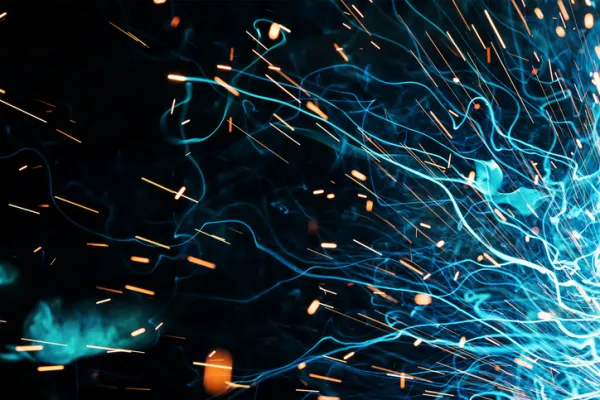Will the convertible market lose its sizzle?
By Alison McKiegan
August 2001
Institutional Investor Magazine
Investment bankers don't have much to be happy about this year. One exception, though, is the red-hot convertible bond market. Issuance through the first half of 2001 totaled $54 billion, just short of the record $60 billion issued for all of 2000.
What's driving the market? Since the fourth quarter of 2000, companies have been taking advantage of their stocks' volatility, turning to the convertible market for low-cost capital. Zero-coupon convertibles have led the way, accounting for more than 45 percent of total issuance. But with volatility diminishing, some wonder if converts will lose their sizzle.
Among the most active users of the market, serial acquirer Tyco International unveiled a $3.4 billion issue in November 2000, which it followed up with a $2.25 billion deal in February. "There was a lot of demand in the market, and pricing was quite attractive given the fact that we could pay down commercial paper at a much lower yield with the zero coupons," says Michael Robinson, corporate treasurer at Tyco. Designed by Merrill Lynch & Co., a new type of zero convert that included a higher conversion premium prompted Tyco to issue convertibles for the first time. The company paid down commercial paper yielding 5 percent with converts yielding 1.25 percent.
The new twist, called a contingent conversion - a conversion hurdle above the stated stock strike price - brought other strong firms like Verizon Communications and underwriters like Citigroup into the market.
Here's how it works: A hypothetical zero-coupon convertible bond is sold at $450, convertible into ten shares of the company, making each share worth $45. But that strike price is a "moving target," says Venu Krishna, a convertible research analyst at Citi, because as the bond increases in value over time, or accretes, so does the conversion price. So the original $45 per share value could rise to, say, $50 over time. If the contingent conversion premium on the bond is 110 percent, the stock price must increase to 10 percent above the accreted stock strike price - or to $55 - before it can be converted into shares at $50. That's a double whammy. In effect, the conversion bar has been raised by another 10 percent.
Anne Cox, managing director of convertible securities research at Merrill Lynch, says the new structure lets companies raise cheap capital while delaying a dilution of earnings or ownership. But raising the conversion bar means striking a bargain with investors. "As an investor, you ask, If I'm buying a higher conversion, then what do they give me?" Cox notes. What investors get is an investment-grade credit with a put option to cash out after the first year.
For hedge funds, the high credit quality and shortened maturity on the bonds have made the new zero convertibles a good volatility play. "There's been huge demand for zero-convertible investment-grade structures, and hedge funds have become much bigger investors than they were five years ago," says Krishna.
Nick Calamos, senior portfolio manager at Calamos Asset Management, a hedge fund using convertible arbitrage and an investor in Cendant Corp.'s zero deal, explains that investment-grade deals with the one-year put limit risk on the bond component. Most hedge funds can strip away and sell the bond, keep the conversion option and short the stock as a hedge.
However, volatility is key to the marketing of convertible bonds. "You need to think the stock will take off and play unhedged, or you need to think it will decline, and you hedge it out," says Calamos.
Investment-grade companies that consider their stock undervalued have been selling that volatility. "Investors were willing to put a lot of value in the conversion option, and we could price the deal as a function of volatility and where the stock price was at that time," says Tyco's Robinson.
But volatility is trending down, and issuance of zero coupons may go with it. "Volatility is dropping substantially, and there's a lot of supply in the convertibles market, so there is some concern," Cox admits. "Future deals will not be priced as aggressively as recent deals, or at an all-time record pace."





